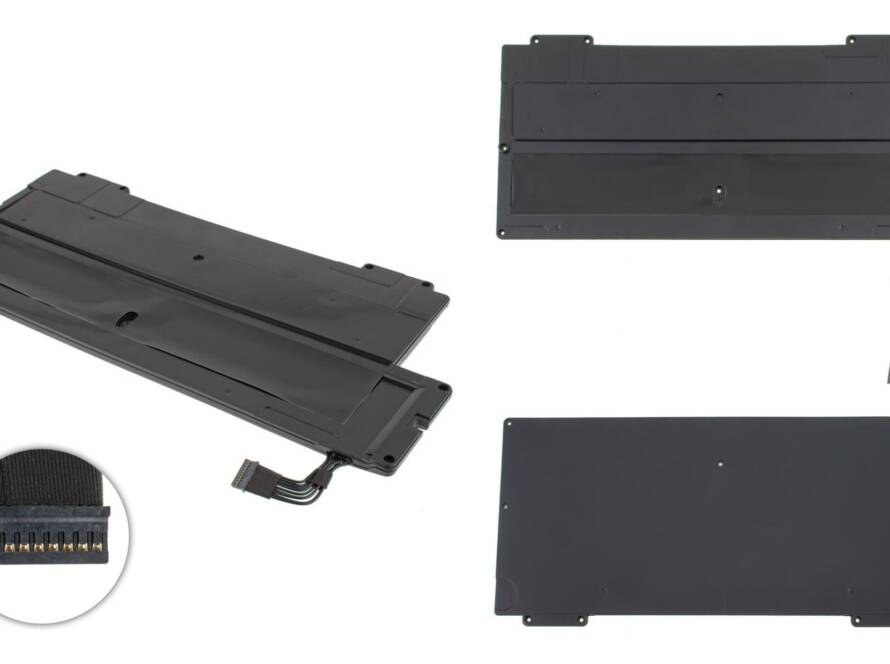Introduction
In today’s fast-paced technological world, we heavily rely on computers and electronics for both work and leisure. With the constant evolution of devices, the fear of unexpected breakdowns or malfunctions can leave us feeling vulnerable. To ease these worries, many manufacturers and retailers offer extended warranties for PCs and electronics, promising peace of mind and added protection. However, before you rush to purchase one, it’s crucial to understand whether these extended warranties are truly worth the investment.
1. The Fine Print Reveals the Truth
Extended warranties often come with a myriad of terms and conditions, and it’s not uncommon for the coverage to be limited. Before being swayed by the promise of additional protection, take the time to read and comprehend the fine print. You might discover that certain components or types of damage are excluded from coverage, rendering the warranty less useful than anticipated.
2. Manufacturer’s Warranty and Consumer Protection Laws
It’s essential to recognize that most electronic devices already come with a standard manufacturer’s warranty. These warranties typically cover manufacturing defects for a specific period, which can range from 90 days to a year. Additionally, consumer protection laws in many countries offer protection against faulty products, allowing consumers to seek repairs or replacements if a product fails prematurely.
3. Predicting the Product’s Lifespan
Advancements in technology mean that devices are becoming more durable and reliable than ever before. As a result, the chances of experiencing significant issues during the extended warranty period are relatively low. Furthermore, the cost of repairs or replacements might not justify the upfront cost of the warranty.
4. Cost-Effectiveness Analysis
Let’s consider the cost-effectiveness of extended warranties. If you were to purchase an extended warranty for every electronic device you own, the cumulative costs would likely exceed the cost of replacing or repairing a single device. Instead of allocating money to warranties that may never be used, consider setting aside a portion of those funds for potential repairs or upgrades.
5. Rapid Technological Advancements
The technology landscape is ever-changing, with newer and better versions of products being released frequently. By investing in an extended warranty, you might find yourself locked into an outdated model, unable to benefit from the latest innovations.
6. Consider Self-Insuring
Instead of relying on extended warranties, consider the concept of self-insuring. Set up an emergency fund dedicated to potential repairs or replacements of your electronic devices. This way, you have a safety net that can be utilized if any of your devices encounter issues beyond their standard warranty.
Conclusion
While the idea of extended warranties may seem appealing, a closer examination reveals that they are often unnecessary and may not provide the comprehensive coverage we expect. The combination of existing manufacturer’s warranties, consumer protection laws, and the improved durability of modern electronics makes extended warranties a questionable investment.
As a wise consumer, it’s crucial to weigh the costs against the benefits and be aware of the fine print before making a decision. Instead of wasting money on extended warranties, consider adopting a self-insurance approach and keeping an emergency fund to cover any unforeseen expenses that may arise.
Ultimately, staying informed and making informed choices will not only save you money but also empower you to navigate the technology market with confidence.



